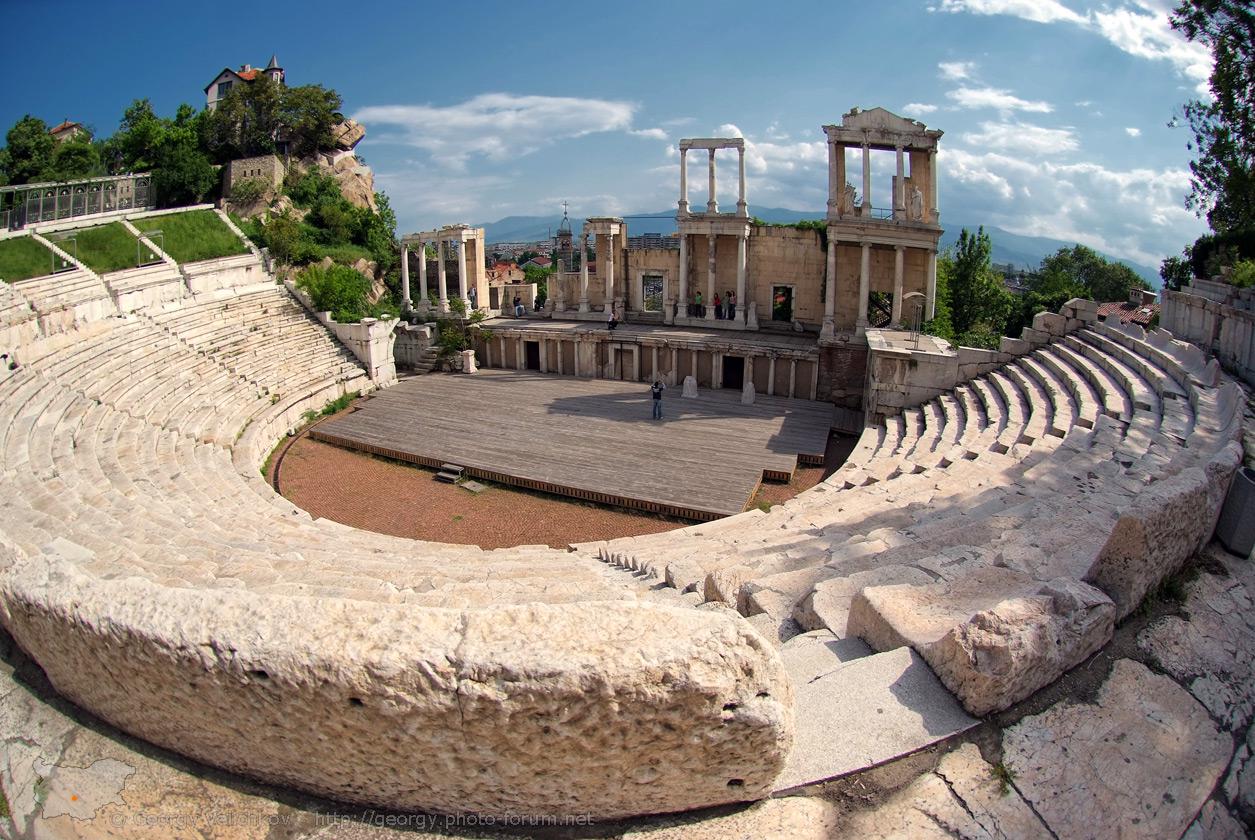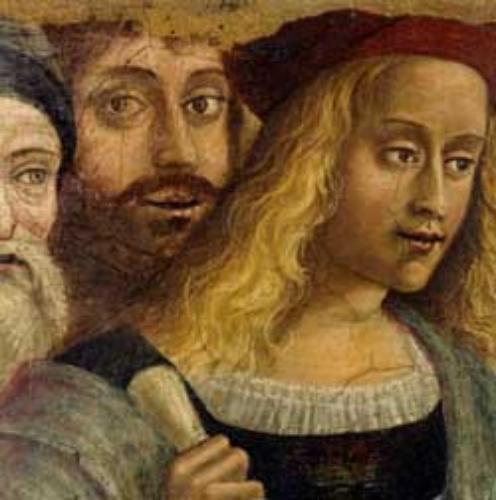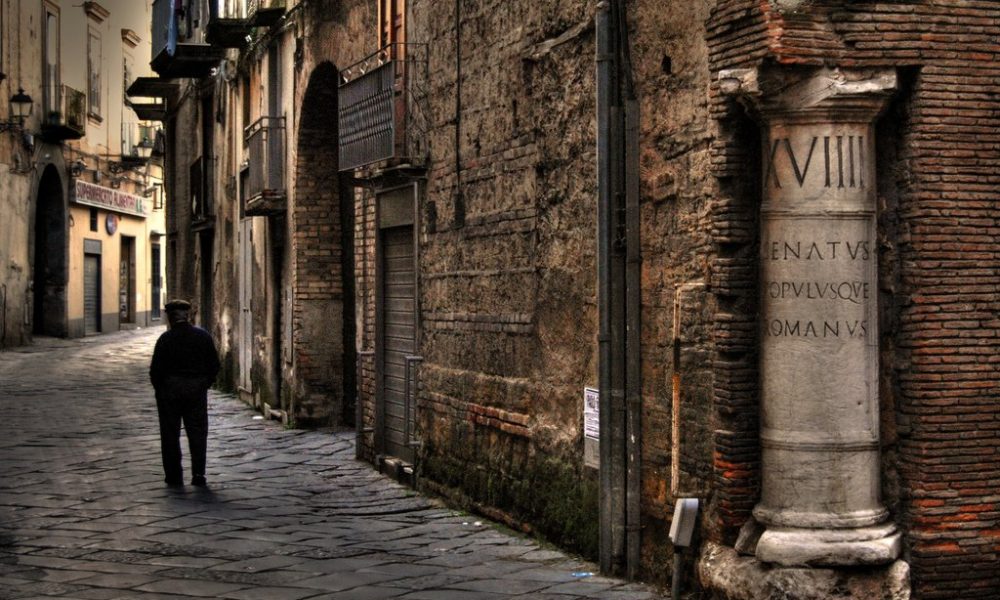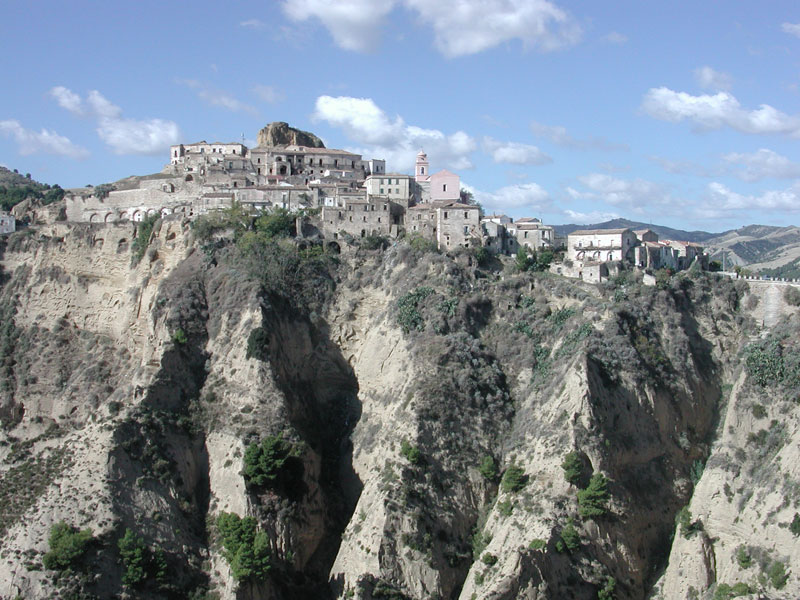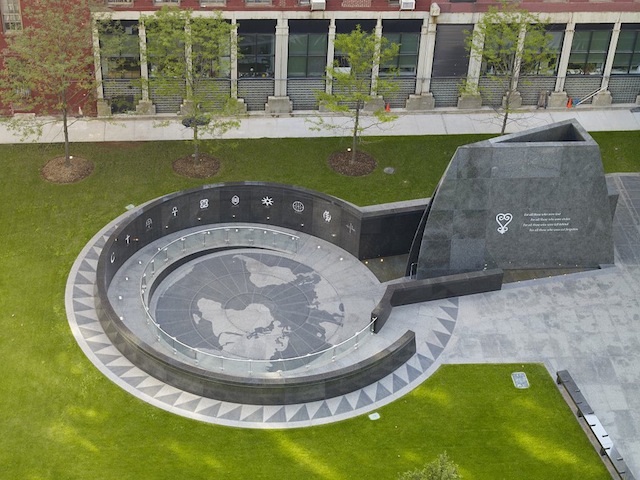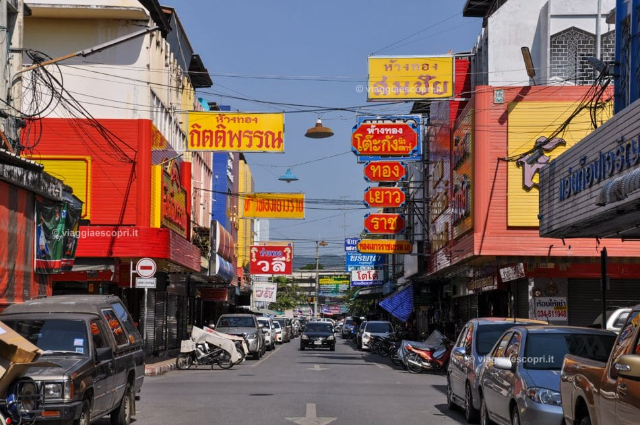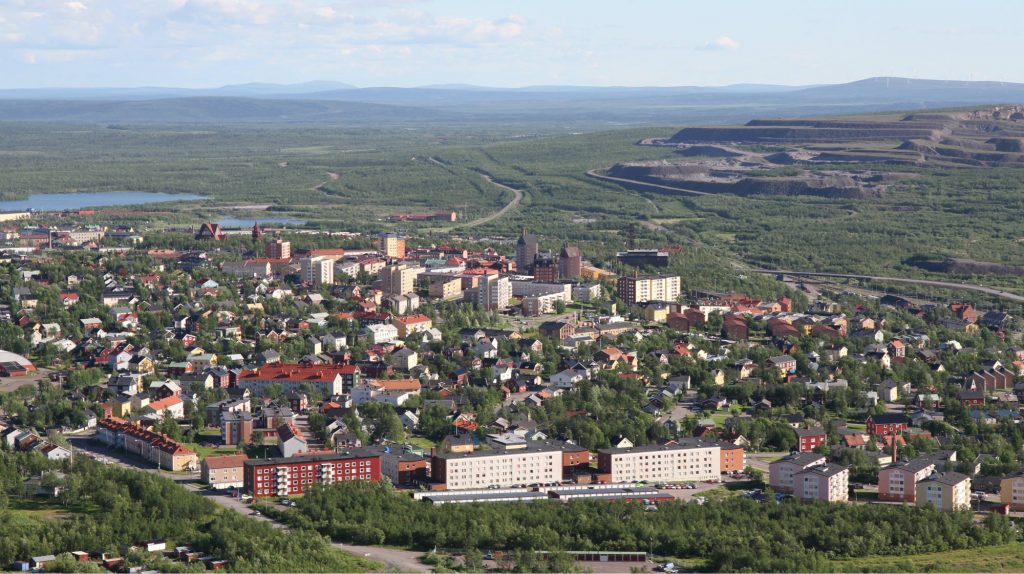Exploring the city we discover why it is considered to be one of the oldest settlements of Europe, with more than 7000 years of history. We can trace and see the history of Bulgaria from Thracian times, through the RomanEmpire period, the national revival, and the modern age.
Plovdiv Roman Theatre was constructed on the southern slope of the three hills (Trimontium), in the saddle between Taksim tepe and Dzhambaz tepe. Built in 1st century AD, the theatre can seat 7000. Damaged during an invasion by Attila the Hun, and covered by centuries of buildings, it was only rediscovered and excavated in 1972 when construction on the tunnel below began.
The spectator seats are orientated to the South, towards the Ancient city in the lowland and the Rhodope Mountains. The open spectators area includes 28 concentric rows of marble seats, divided into two tiers by an aisle . The spectator seats surround the stage – the orchestra, which has the shape of a horseshoe .
Similar to all the theatres on the territory of the Roman Empire, in Plovdiv’s Roman theater the honorary spectator seats were inscribed. There were inscriptions not only for the representatives of the city council but also for magistrates, friends of the Emperor, etc. Some honorary inscriptions show that the building was used as the seat of the Thracian provincial assembly. Presumably, some of the fights with animals were held in the theatre, as remains of safety facilities in front of the first row are uncovered. The restoration of the RomanTheater in Plovdiv is considered one of the best achievements of the Bulgarian Conservation School. Nowadays, the Ancient theatre is symbolical for Plovdiv and adjusted to the city’s modern cultural life. It is operating as a stage of opera, music and drama. Some of the best annual events are the International Folklore Festival, the Opera Festival “Opera Open”, the Rock Festival “Sounds of Ages” and many others.
